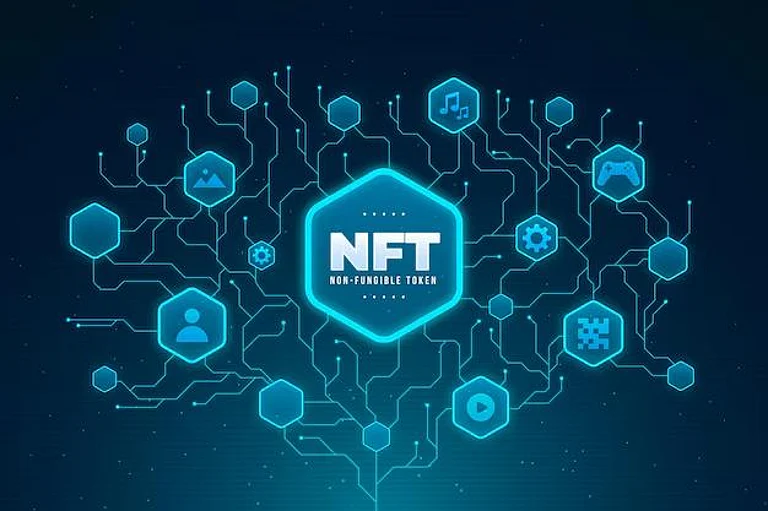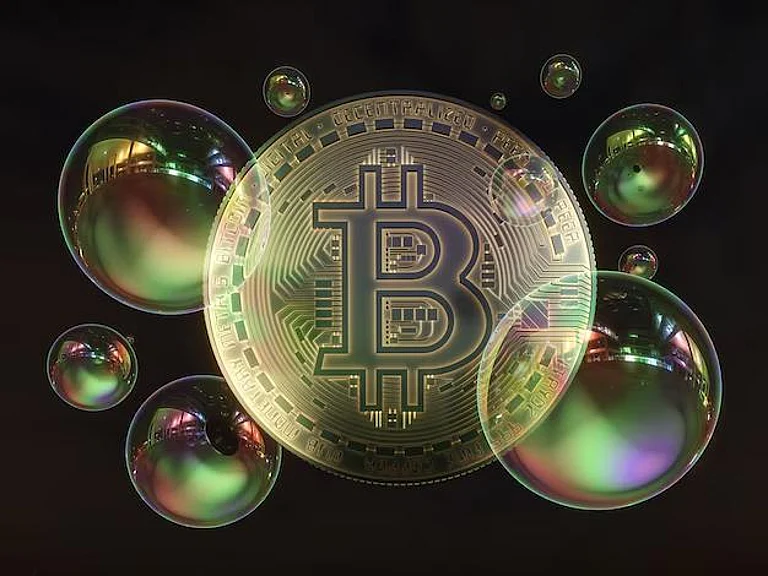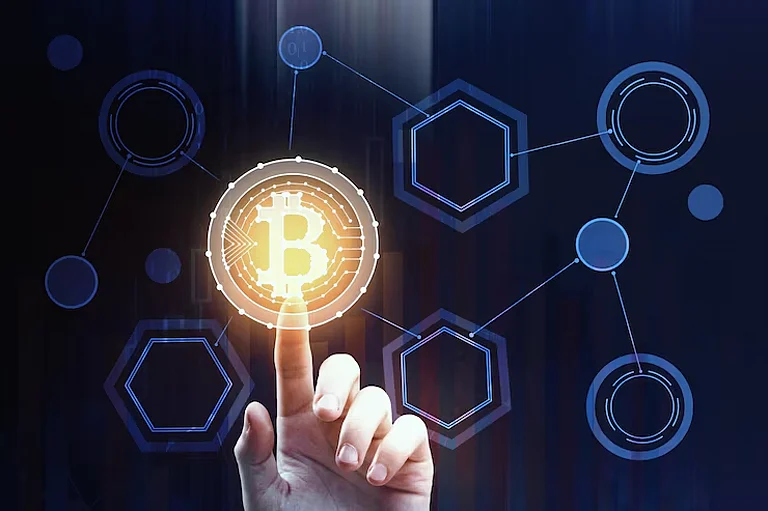Within a few brief years, NFTs—Non-Fungible Tokens—have evolved from a little-known blockchain idea to a cultural and financial sensation. These one-of-a-kind digital tokens, supported by blockchain technology, have transformed our understanding of ownership, creativity, identity, and worth in the digital age. The early hype created headlines via multi-million-dollar JPEGs and A-list backed drops, but the NFT story is only just beginning. As we look past the speculative mania, what is the future of NFTs? What trends will shape the next phase of this innovative disruption?
The Maturing of the NFT Ecosystem
The NFT ecosystem is moving into a new era of growth—one characterized not by hype, but by utility, infrastructure, and integration. No longer limited to art and collectibles, NFTs are increasingly being used in industries like gaming, music, fashion, real estate, finance, and education. This trend implies a future in which NFTs aren't discrete novelties, but integrated elements of broader digital experiences.
Developers are gravitating towards Layer 2 solutions for scalability, cutting costs for transaction fees and speeding up transactions. At the same time, there is a drive towards more environmentally friendly blockchain protocols, meeting earlier criticisms of energy expenditure by networks such as Ethereum. Cross-chain interoperability is also on the move, with NFTs enabled to operate across ecosystems rather than being stranded on one chain. This movement towards utility and usability is a huge step toward long-term sustainability.
NFTs as Digital Identity and Ownership
The future of NFTs is inextricably linked with how we conceive digital identity. Decentralized identifiers (DIDs) and soulbound tokens (SBTs)—non-transferable NFTs that function as personal credentials—are being worked on as instruments for authenticating users in a decentralized Web3 world. In this paradigm, your NFT wallet might not just reflect the holdings you have, but also your accomplishments, memberships, access permissions, and even reputation.
This creates opportunities for NFTs to be used as proof of education, work experience, or membership in gated online and offline communities. Consider a hiring process where your certifications and skills are provable on-chain via NFTs. Social utility of NFTs will surpass their monetary speculation and become a trustless digital world's authentication backbone.
The Rise of Dynamic and Programmable NFTs
NFTs are no longer static digital objects. We are moving towards dynamic NFTs—tokens that modify in response to outside factors like time, performance, or data feeds. In gaming, NFTs that grow with players' achievements will deliver richer, more individualized play. In fashion, wearable NFTs might alter design seasonally or by trend. In property, smart contracts inside NFTs might allow for automatic rent payment or property maintenance.
With programmable NFTs, artists can add rich behavior and logic to the tokens, enabling new types of storytelling, interaction, and automation. Programmable NFTs can unlock subscription-based experiences, function as dynamic access keys, or change through interaction, giving them long-term value and importance.
Integration With Gaming and the Metaverse
Gaming will be the hallmark driver of the future generation of NFTs. Play-to-earn (P2E) economics are yielding to play-and-earn economies in which ownership of game assets, characters, and currency are tokenized and exchangeable on open markets. The gamer-investor dichotomy is becoming less defined.
In addition, the metaverse—a shared digital environment where people engage in avatars—their land ownership, avatar design, identity, and commerce are all based on NFTs. As major tech companies and startups compete to create metaverse platforms, NFTs will be the glue that holds these worlds together. Already, that convergence is underway, with NFT-denominated land and wearables being exchanged on Decentraland and The Sandbox platforms.
The actual leap, however, will occur when popular games and platforms such as Fortnite, Roblox, or Steam integrate NFT infrastructures—not as novelty items, but as enabling tools for economy and user rights.
Regulation, Security, and the Need for Standardization
Learn More: NFTs Explained: Everything You Need to Know About the Digital Asset Revolution
The future of NFTs cannot be discussed without addressing regulation and standardization. Governments and regulatory bodies worldwide are still grappling with how to classify and govern NFTs—as commodities, securities, or something entirely new. Clarity in regulation will attract institutional investment and make NFTs safer for everyday users.
At the same time, the NFT space faces issues like scams, IP theft, and market manipulation. As the ecosystem matures, we’ll likely see the rise of verification standards, rating systems, and third-party audits. Wallet providers, marketplaces, and developers will need to enforce greater transparency and consumer protection practices. Institutional-grade custody solutions will become commonplace, especially as NFTs begin to hold more than aesthetic or speculative value.
The Future Role of AI in NFT Creation and Curation
Artificial intelligence will continue to revolutionize the NFT space—particularly in content creation and customization. AI art is already making waves in NFT marketplaces, with collections being wholly algorithmically produced. Human and AI collaborations will produce interactive, reactive, and highly customized digital assets in the future.
AI will also drive NFT discovery, curation, and value determination. While the NFT market becomes ever more congested, AI software will be critical in supporting collectors, investors, and users in discovering worthwhile assets based on their interest and risk tolerance. In addition, AI will facilitate intelligent, real-time decision-making in fluid NFT scenarios like gaming, auctions, and marketplace bidding.
Social and Environmental Impact
In the future, the long-term sustainability of NFTs will be on the agenda. More energy-efficient blockchains such as Tezos, Solana, and Polygon are already being used by green creators. Carbon offsetting and climate-positive NFTs are also beginning to feature in the discussion.
Socially, NFTs can democratize income and worldwide creativity. They allow artists, musicians, authors, and creatives from underrepresented communities to monetize directly their work without middlemen. With tools and platforms becoming increasingly user-friendly, non-technical users will increasingly contribute to a more inclusive digital economy.
Conclusion: NFTs Beyond the Hype
The NFT hype cycle has been as much a curse as a blessing. It brought attention and investment, but also opportunism and skepticism. But underneath the din is a strong technology that can transform the way we conceive ownership, creativity, identity, and commerce in a digital-first world.
The coming decade will see NFTs shift away from collectibles towards becoming infrastructures—imperative building blocks of decentralized applications, digital economies, and human engagement. Whether you're a creator, developer, investor, or consumer, the future of NFTs won't be merely about possessing digital assets—it will be about existing in a world where the assets define the way we live online.

























